BASTOGNE, Belgium-The memories of Bastogne have haunted Henry "Hank" Skowronski for years, but in December 2009, the World War II prisoner of war finally returned to where he was captured 65 years earlier.
"I had the opportunity to come here in the past a couple of times, but I refused to come or turned down the idea because I just felt I couldn't handle the situation," he said.
Skowronski, who was 18 during the Battle of the Bulge, first arrived in Sainte-Ode, Belgium, near Bastogne on the morning of Dec. 19, 1944.
"We set up the tents. We set up our equipment, and we were taking care of wounded," said the private first class of the 326th Airborne Medical Company, 101st Airborne Division.
"It wasn't a busy day, but at night, the Germans came down in a column of American equipment that they had captured up at St. Vith, and they machine-gunned the hospital-our hospital tents," he said.
"When the firing started, we had five or six wounded troops waiting to be sent back to the rear echelon for further treatment, and when the firing stopped, we had about 36 or 38 wounded. Some of which were our regular company," he continued.
Pvt. Henry Sullivan, of the 326th was killed during the battle, and survivors were taken prisoner by the Germans.
Temperatures were below freezing and snow blanketed the region, as the POWs were forced to march in a column to a destination unknown.
"The first couple of days there was no food ration because it was a movement all the time," said Skowronski. "Here and there, we found something in the field. Rutabagas or some like sugar beet or something like that that was left from the harvest."
The cold, hungry prisoners were shuffled back and forth from one location to the next because the Germans weren't sure where to hide them.
"Their biggest concern is that we would escape and help the Americans again. That we would fall back into our Army and turn on them," said Skowronski.
But they weren't able to escape. Instead, they were transported to Stalag IVB outside of Muhlberg, Germany, where around 5,000 American ground forces were held as prisoners.
Skowronski said they stayed in open, windy huts and once a day were fed thin soup and bread that was baked with sawdust. He continued to perform his medical duties, caring for the ill and wounded at the camp, until the war in Europe ended May 8, 1945.
The sacrifices made by the 326th Med. Co. were remembered Dec. 13, 2009, at the exact point where Skowronski's unit was gunned-down 65 years earlier.
A new memorial made from the stone in the field where the medical tents once stood serves as the foundation to the monument, which reads: "May this monument be a symbol of honor for those brave men and women who were willing to give their lives while saving others, some came home but so many didn't. May the world never forget."
Skowronski was the only veteran from his unit who attended the unveiling, but by his side stood Carmen Gisi, a U.S. veteran who reached Skowronski's foxhole the day after the bloody attack.
"On about midnight on the 19th, we were alerted to go down to crossroads X because there was something brewing down there," said Gisi, a scout with the 401st Glider Infantry Regiment, 101st Airborne.
His unit engaged in battle with Germans throughout the night, and when dawn broke Dec. 20, they observed the medical tents and saw two U.S. Soldiers who were killed in action.
When scouting the area, Gisi came across a camera inside one of the foxholes, and he took pictures of the medical tents. In July 2009, that camera united Gisi and Skowronski.
"I was the only one in the company that broke regulations and brought a camera with me," said Skowronski, who added that he left it in his foxhole when he went to work the evening he was captured.
A 101st Airborne Division historian knew Gisi found a camera that matched Skowronski's description and connected the veterans whose paths nearly crossed decades earlier.
Together, with a backdrop of the once bloody field, a U.S. Air Force Honor Guard from the 52nd Fighter Wing, local re-enactors and a crowd of supporters, Skowronski and Gisi unveiled the 326th monument.
"In the name of the council and of the whole population of Sainte-Ode, I would like to thank you for your presence here, in this place which for you embodies the horrors of the war," said Pierre Pirard, the Belgian 1st alderman of Sainte-Ode.
"In mind of some, a medical company is far behind lines. Today, this ceremony reminds us that the 326th Medical Company was far from nothing, but close to her brothers-in-arms and especially too much near the Hell," he said.
"Our generation remembers because our family told us, but now with this memorial, our children will never forget," continued Pirard. "We owe you the freedom. You can be proud of it. From our part, with a great deal of respect, we say to you, thank you for everything."
Skowronski is glad he made the trip back to Bastogne, and was overjoyed by the appreciation that came from the small town nearly 5,000 thousand miles from his home in Ohio.
"Many people have walked up to me and said, 'Thank you for our freedom.' I never thought of it that way--that we were giving them freedom," he said. "I feel somewhat joyful from the fact that people are so completely supportive of what we did, and they are still thanking us 65 years later."



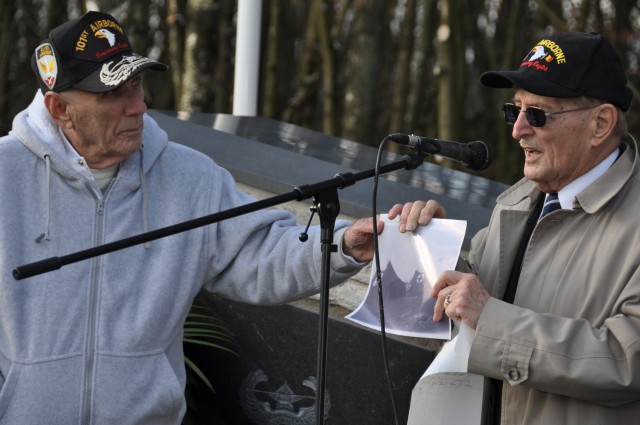


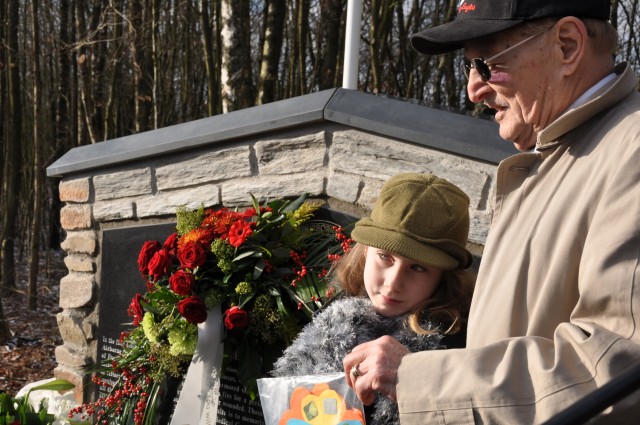

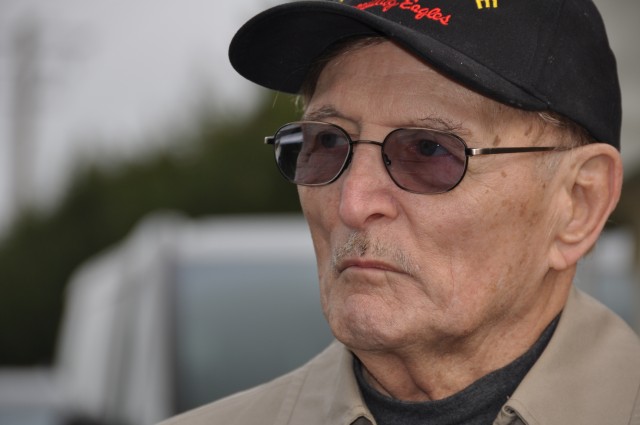



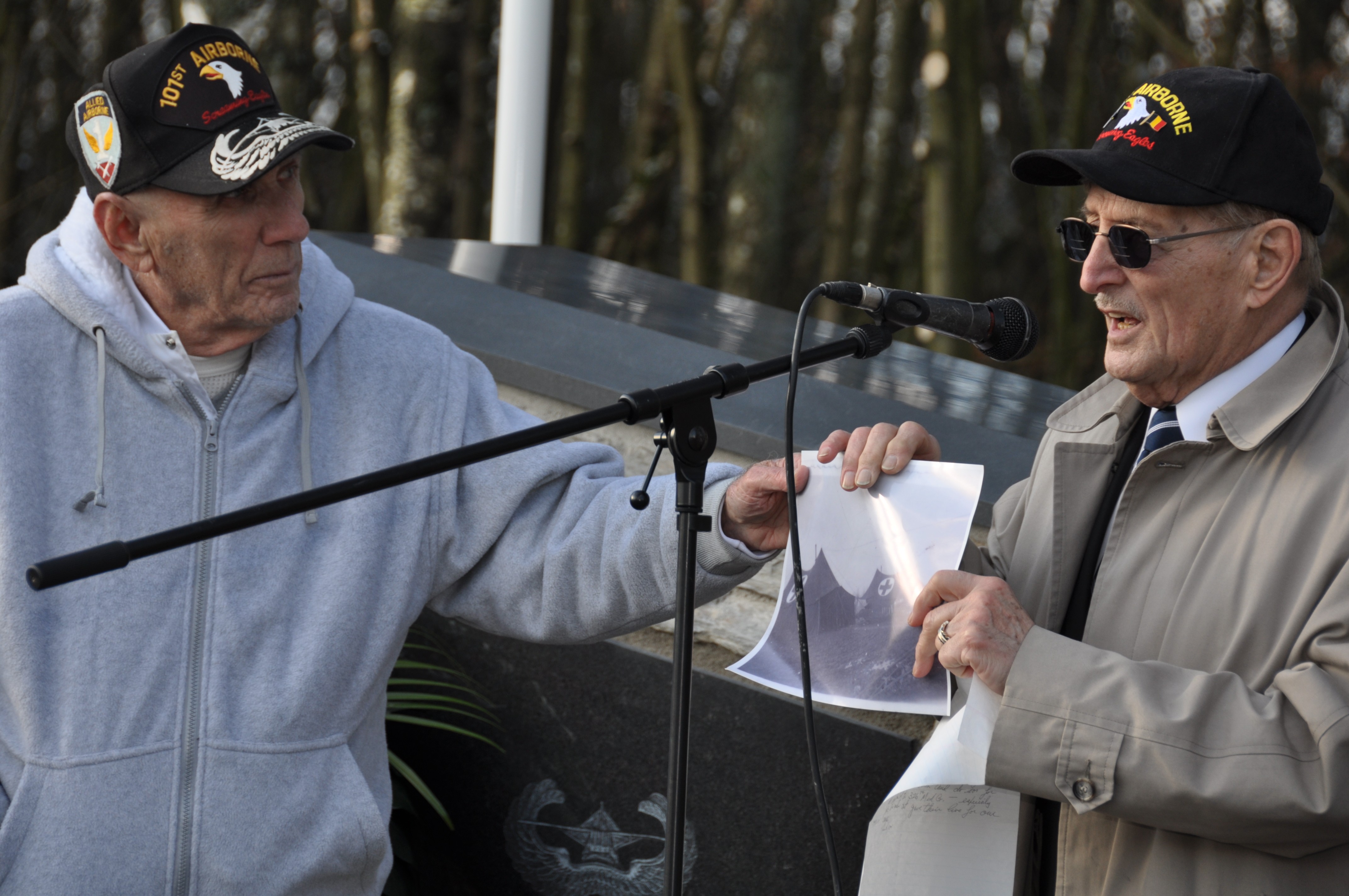
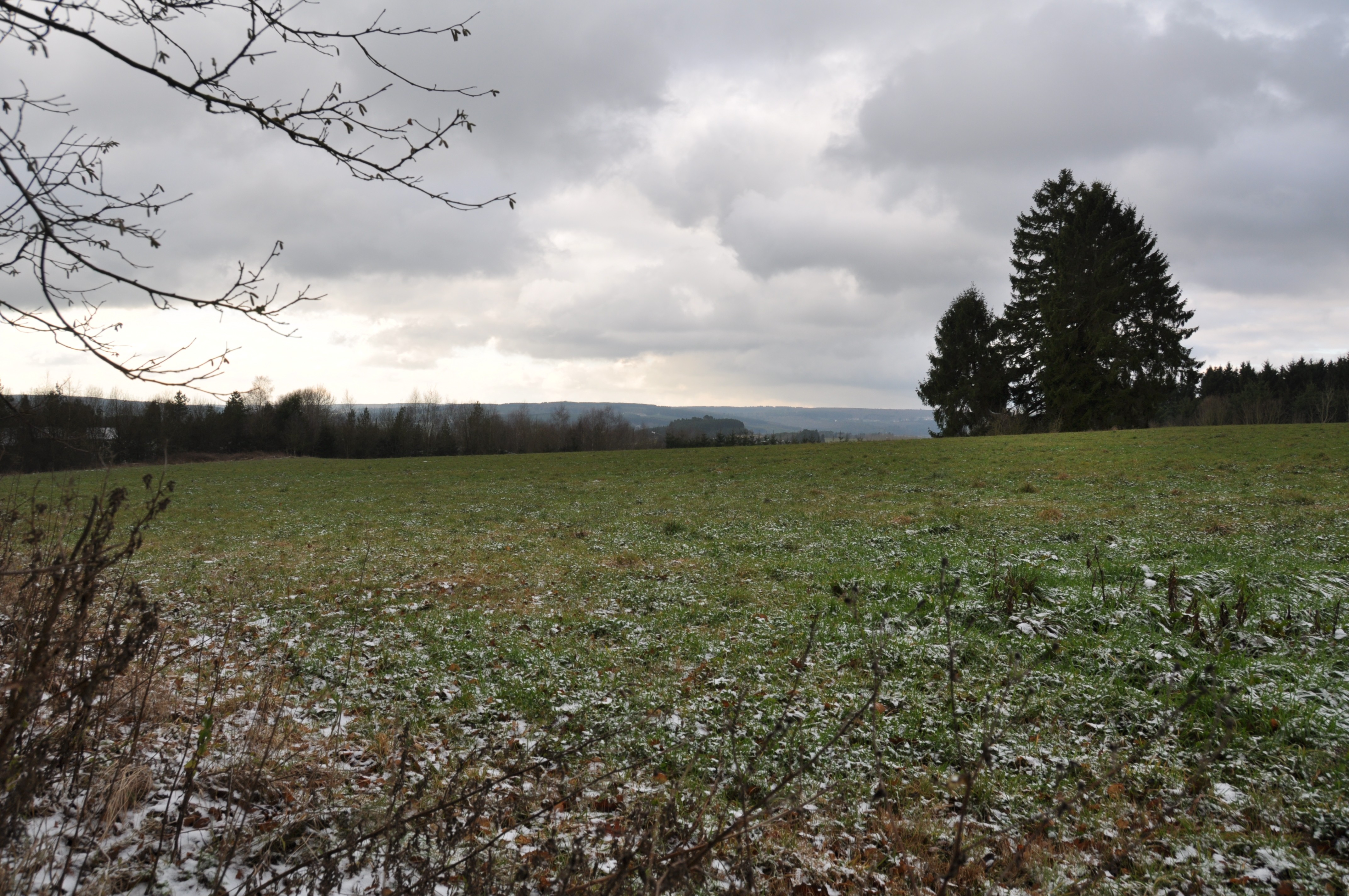



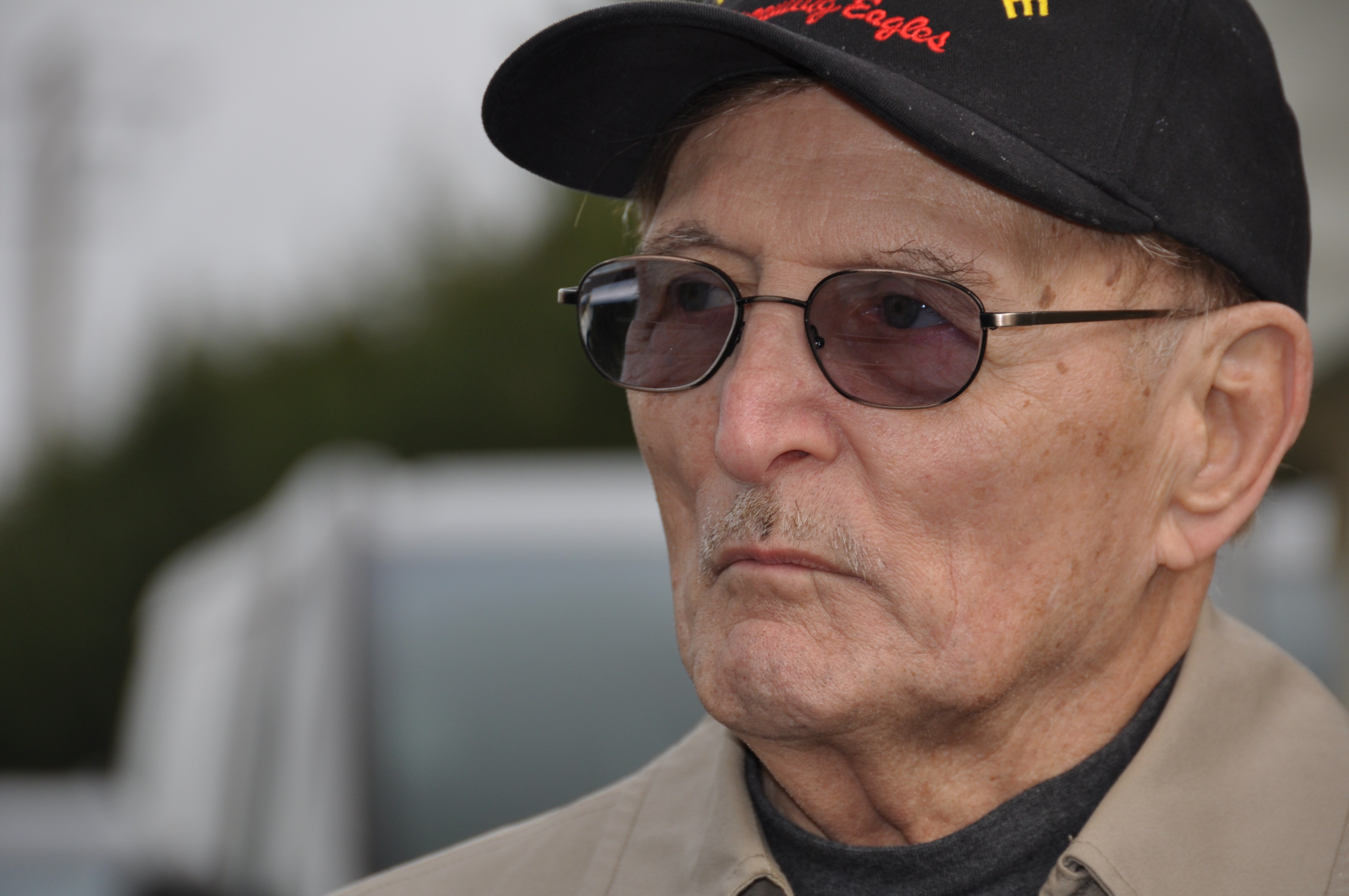
Social Sharing